[Editor's note: The numbers listed reflect the most recent data available from the World Health Organization (WHO), Centers for Disease Control and Prevention (CDC), and country Ministries of Health. The true total number of cases and deaths for each disease in 2017 may be higher.]
1. The plague broke out in Madagascar.
Yes, the plague — the "Black Death" that wiped out 60% of Europe's population in the 14th century — still exists. According to the CDC, there are still about 1,000–2,500 cases of the plague each year around the world, including in the US. The plague is caused by the bacterium Yersinia pestis, which is usually transmitted from rodents to humans by infected fleas, and less commonly, from human to human. There are three types of plague: bubonic, pneumonic, and septicemic. While the plague is treatable with antibiotics, it is fatal in 30%–100% of cases that aren’t treated, according to the WHO.
Madagascar actually has a "plague season" every year, but the country experienced one of its largest and most deadly plague outbreaks in 2017 — which included 2,417 cases and 209 deaths since August. The outbreak was unusual because the majority of plague cases (77%) were pneumonic, which is the most serious form of the plague and the type that can spread from human to human. Fortunately, the WHO announced that the outbreak has been contained.
2. Cholera hit Yemen hard.
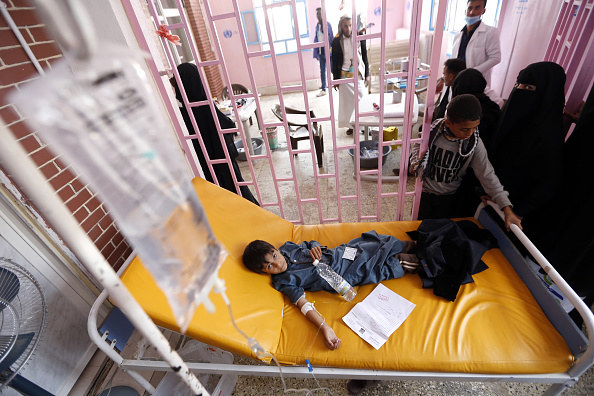
Cholera epidemics have been a problem throughout history, but this year there were several outbreaks that sparked global concern. Cholera is caused by ingesting food or water contaminated with the bacterium Vibrio cholerae. It can cause severe watery diarrhea and dehydration, and kill within hours if left untreated. However, many people have mild or no symptoms and recover with supportive care and treatment with oral rehydration solutions. The disease is highly contagious and spreads rapidly in areas with poor sewage infrastructure and inadequate hygiene.
The largest cholera outbreak this year occurred in Yemen, and since the outbreak began in October there have been 862,858 suspected cases and 2,177 deaths — but those numbers are expected to rise before the year ends. Cholera is endemic to Yemen, but this year's outbreak is the worst in its history and the population has become increasingly vulnerable due to ongoing conflict and a destroyed health infrastructure. This year, there were also alarming cholera outbreaks in Kenya, Zambia, and Nigeria.
According to the WHO, each year there are an estimated 1.3 million to 4.0 million cases of cholera, and 21,000 to 143, 000 deaths worldwide. When traveling to countries where cholera is endemic or areas with poor water sanitation, it's important to only drink safe water (bottled or treated) to avoid contracting cholera or other viruses and parasites.
3. Ebola popped up again.
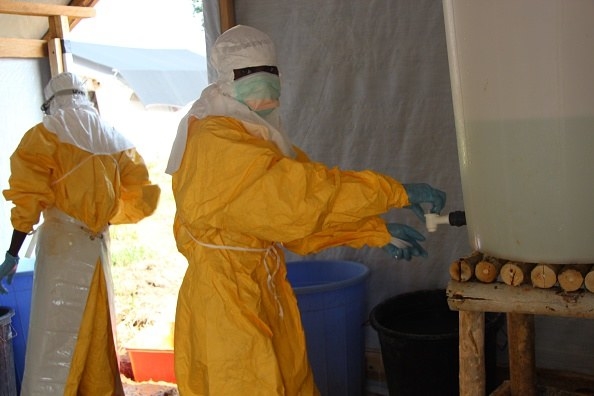
So you've probably heard of this this deadly disease and you might be terrified to hear that it's back. But don't panic. The 2017 Ebola outbreak was much smaller than others in recent years. The 2014–2016 Ebola outbreak in West Africa was the largest in history and the first-ever epidemic, affecting multiple countries, including some cases in the US in travelers. There were a startling 28,616 cases and 11,310 deaths overall.
Since 2016, the number of Ebola cases have dropped dramatically, but in May of 2017 there was a small outbreak in the Democratic Republic of Congo (DRC). It included a total of eight cases and four deaths. Multiple international agencies were able to step in immediately to support the DRC's Ministry of Health in responding to the outbreak and by July, the WHO declared the end of the outbreak.
Ebola virus disease (EVD), formerly known as Ebola hemorrhagic fever, is caused by a virus spread through blood and bodily fluids from infected humans or animals. It can cause severe hemorrhaging, often resulting in death. The average Ebola case fatality rate is around 50%, but it can be as high as 90%. There is no cure or vaccine, but supportive care can improve the chances of survival.
4. Diphtheria hit refugees in Bangladesh.
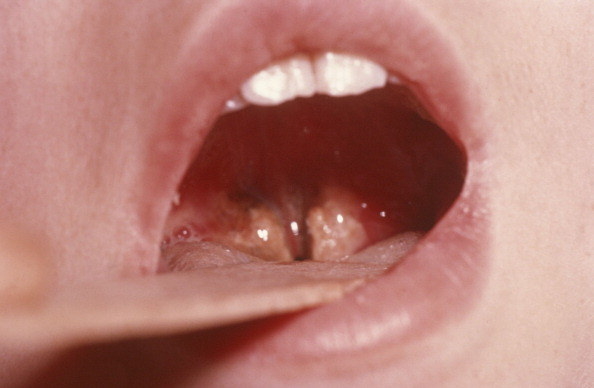
Diphtheria might sound like one of those early 20th century ailments that faded into history, or maybe you've never heard of it before. Diphtheria is a life-threatening infection caused by the bacterium Corynebacterium diphtheriae, which produces a toxin in the body that can cause blocked airways, paralysis, heart damage, and death. It's spread through respiratory secretions, and unvaccinated children are at highest risk.
Treatment involves both antibiotics and antitoxins, and the case mortality rate is 5–10%. Diphtheria is rare in the US today thanks to the creation of a vaccine in the 1920s, which is given as a combination vaccine (DTaP, Tdap, DT, or Td). However, outside the US, diphtheria remains a problem.
In fact, a recent outbreak in Bangladesh has sparked concern for refugee populations, particularly children. A Médecins Sans Frontières (MSF) clinic in the city of Cox's Bazar, Bangladesh, reported a total of 804 suspected diphtheria cases and 15 deaths since November 3. About 73% of the cases, and 14 out of the 15 deaths, were among children younger than 15. The outbreak is among the Rohingya population, who have been displaced from nearby Myanmar and now reside in temporary settlements. Health officials are responding to the outbreak with a targeted immunization campaign. There is also an ongoing diphtheria outbreak in Yemen, and the WHO is in the process of delivering emergency aid to stop it from spreading.
5. Marburg virus showed up in Eastern Uganda.
The Marburg virus disease (MVD) is a rare and deadly condition. It's clinically similar to Ebola, and has a case fatality rate of up to 88%. Marburg causes a severe hemorrhagic fever among humans that can result in organ failure, shock, and severe bleeding. It is usually transmitted to humans from fruit bats and then spread among people through direct contact (including sexual) or contact with contaminated surfaces and materials.
In October, the Ugandan Ministry of Health confirmed the outbreak of Marburg in the Kween district of Eastern Uganda. The outbreak included a total of three people, all of whom died — resulting in a case fatality rate of 100%. Kenya was also put on high alert, because one of the people in Uganda had traveled to Kenya prior to his death. There is no treatment or vaccine for Marburg, but supportive care at a hospital can improve the chances of survival.
Travelers to Uganda are still considered to be at low risk for contracting the disease, but you should take precautions like avoiding bats or the caves where they live, wearing protective clothing in rural areas, and avoiding contact with sick people and their bodily fluids.
6. Avian influenza (H7N9) occurred in China.
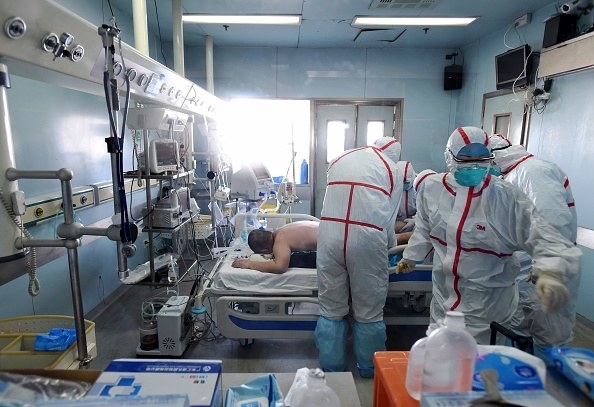
Yes, the bird flu is back and things are not looking good. This year marks China's fifth epidemic of avian influenza in humans (H7N9), and unfortunately it's the largest annual epidemic to date. As of September 2017, the WHO has reported 764 human cases of H7N9. During the past four epidemics, about 40% of people infected with H7N9 died, the CDC reports.
Human infection with avian influenza (H7N9) was first reported in China in 2013, and each year there are waves of outbreaks in January and February, but none as large as this year's. Avian influenza (H7N9) is a type of influenza A that comes from waterfowl and domestic poultry, where it can spread silently because it causes no symptoms or illness in birds. When it spreads from birds to humans, it causes a severe flu with increased respiratory distress and nausea.
The good news is that the virus does not easily pass from human to human — which could be very dangerous. However, the Chinese government is closely monitoring the outbreak and taking prevention measures and scientists are working on a vaccine to prevent the disease entirely.
7. Chikungunya was spread by mosquitoes.
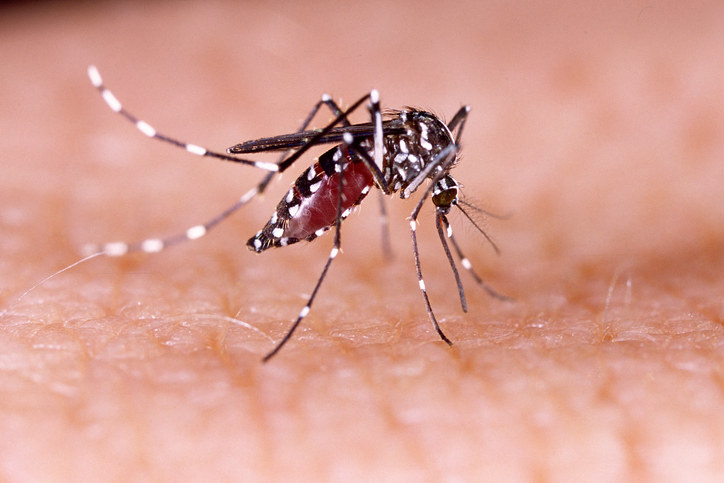
There's yet another reason to use bug spray, and it's a viral disease called Chikungunya. It's transmitted to humans from infected mosquitoes and can cause a high fever, muscle and joint pain, and headaches, but it is not fatal. When people recover, they won't get the disease again. However, long-term infection with Chikungunya can result in chronic illness and disability.
In 2017, there were several outbreaks of locally-transmitted Chikungunya in different countries. The WHO announced in September that there was an outbreak in the Lazio region of Italy, including 183 suspected cases. France also reported 13 suspected cases in its Southeastern region. In addition to Italy and France, there has been an ongoing outbreak of Chikungunya in Pakistan, with about 1018 suspected cases in the capital of Karachi.
Historically, outbreaks of Chikungunya have occurred in Africa and Asia, but since 2014 there have been major outbreaks in the Americas (including the US) — and the Pan American Health Organization (PAHO) reported that there were about 349,936 suspected cases in 2016. When traveling to countries where Chikungunya is prevalent, you should protect yourself by preventing mosquito bites. So load up on bug spray, wear long-sleeved and pants when outside, and make sure stay in places with screens and nets.
8. Middle East respiratory syndrome coronavirus (MERS‐CoV) broke out in the Arabian peninsula.
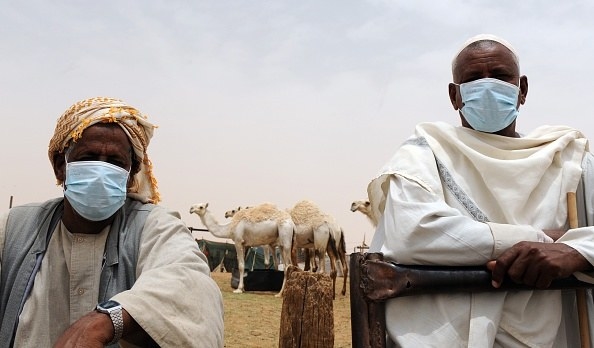
MERS‐CoV was only first identified in 2012, so it's still relatively new. The virus causes a respiratory disease called Middle East respiratory syndrome (MERS). Symptoms include fever, shortness of breath, and pneumonia — but some people carry MERS-CoV with no symptoms.
Since 2012 there have been 2,103 cases and at least 733 deaths reported in 27 countries (including the US) — but most cases occurred in Saudi Arabia. About 35% of people infected with MERS have died. The majority of cases have been from human to human transmission, but the virus also spreads to humans from infected camels, which are a major reservoir for the virus.
In 2017, there have been several outbreaks of MERS-Cov, accounting for approximately 224 cases and 67 deaths. The majority were reported in Saudi Arabia, but there were also cases in United Arab Emirates, Oman, Qatar, and Lebanon. Most outbreaks occur in healthcare settings where there's poor hygiene, but researchers are still trying to understand how people spread the virus.
The outbreaks of MERS-CoV have not resulted in any travel restrictions to the Arabian Peninsula, but the CDC recommends that travelers use caution to prevent infection. These include avoiding close contact with sick people and washing their hands.
9. Lassa fever was a problem in Nigeria.

Lassa fever is a hemorrhagic fever caused by the Lassa virus. Humans usually get Lassa from contact with infected rats or their urine and feces, but it can also spread from contact with an infected person's bodily fluids. According to the WHO, only 1 in 5 people with the Lassa virus will develop severe disease, and about 80% of people who are infected have no symptoms. The overall fatality rate is about 1%, but for severe cases it's about 15% and pregnant women are at highest risk.
Lassa fever is endemic to West Africa, but this year there has been a particularly large, deadly outbreak in Nigeria. According to the WHO, this 2017 outbreak of Lassa is the first one to occur in the Borno state of Nigeria in nearly 48 years, with 501 suspected cases and 104 deaths reported since December 2016. Earlier in the year, there were additional cases in the neighboring countries of Benin, Togo, and Burkina Faso. The WHO is teaming up with health officials in Nigeria to deliver emergency aid and control the outbreak.
There aren't any health-related travel restrictions for Nigeria since visitors are still at low risk for contracting Lassa. However, you should always take precautionary measures, like washing your hands, if you stay in an area with poor sanitation and also avoid contact with sick people.
10. Dengue fever hit parts of Africa and Asia.
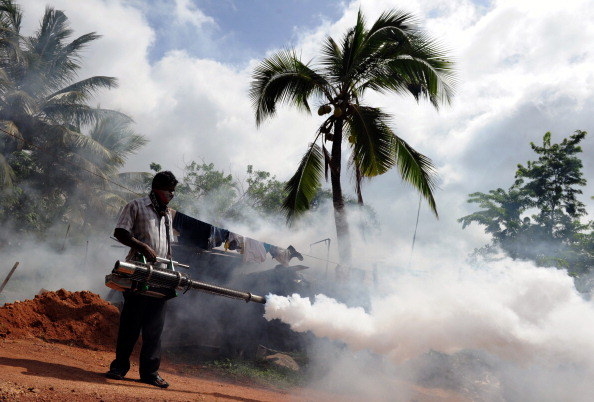
Mosquito bites are never fun, but they can be dangerous in some parts of the world. Dengue is a mosquito-borne illness caused by the dengue virus. Dengue causes flu-like symptoms with a fever, rash, and joint pain. There's no specific treatment or vaccine, but with supportive care, dengue usually goes away on its own. In rare cases, dengue can turn into a serious and fatal condition called dengue hemorrhagic fever (DHF).
The incidence of dengue around the world has increased in recent years and according to the WHO, there are an estimated 390 million dengue infections per year. In 2017, there were several deadly outbreaks of dengue in Africa and Asia. In May, the Ministry of Health in Côte d’Ivoire (Ivory Coast) confirmed a dengue outbreak in the capital of Abidjan which included 623 cases and two deaths. In July, there was an outbreak reported in Sri Lanka which included 80,732 cases and 215 deaths, which was significantly higher than in past years.
In September, health officials in Burkina Faso declared an outbreak which included 9,029 cases and 18 deaths. In July, there was an outbreak reported in Sri Lanka which included 80,732 cases and 215 deaths, which was significantly higher than past years. Travelers can protect themselves from dengue by taking the same precautions as they would for any mosquito-borne disease.
CORRECTION
During the past four avian influenza (H7N9) epidemics, about 40% of those infected died. An earlier version of this post misstated the figure.
